Terra Cotta Block Construction - Need Info
Laurie
14 years ago
Featured Answer
Sort by:Oldest
Comments (9)
calliope
14 years agocalliope
14 years agoRelated Professionals
Cuyahoga Falls Kitchen & Bathroom Designers · Portland Kitchen & Bathroom Designers · Ridgefield Kitchen & Bathroom Designers · Southampton Kitchen & Bathroom Designers · Saint Charles Kitchen & Bathroom Designers · Grain Valley Kitchen & Bathroom Remodelers · Beaverton Kitchen & Bathroom Remodelers · Champlin Kitchen & Bathroom Remodelers · Pinellas Park Kitchen & Bathroom Remodelers · Weymouth Kitchen & Bathroom Remodelers · Baltimore Architects & Building Designers · Fort Lewis Architects & Building Designers · Lafayette Architects & Building Designers · Makakilo City Architects & Building Designers · North Chicago Architects & Building DesignersLaurie
14 years agosombreuil_mongrel
14 years agoasiedydd_gmail_com
13 years agoxoldtimecarpenter
13 years agojakabedy
13 years agoAdrian J. Naquin Interior Design L.L.C.
7 years ago
Related Stories
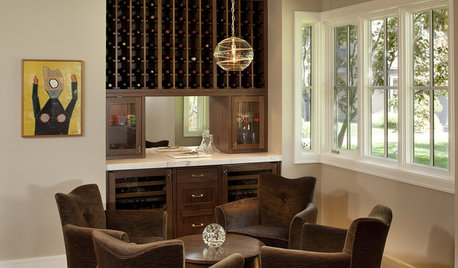
GREAT HOME PROJECTSHow to Create a Built-In Home Bar
New project for a new year: Get the nuts-and-bolts info on building a swank home bar into a nook or wall
Full Story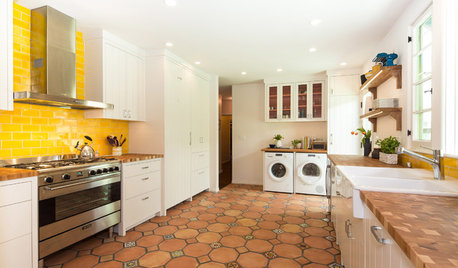
KITCHEN DESIGNNew This Week: 4 Surprising Backsplash and Countertop Pairings
Make your kitchen workspace stand out with colored ceramic tile, back-painted glass, butcher block and more
Full Story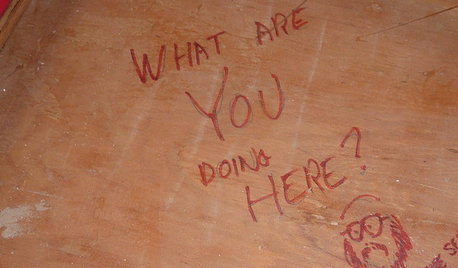
FUN HOUZZDoes Your Home Have a Hidden Message?
If you have ever left or found a message during a construction project, we want to see it!
Full Story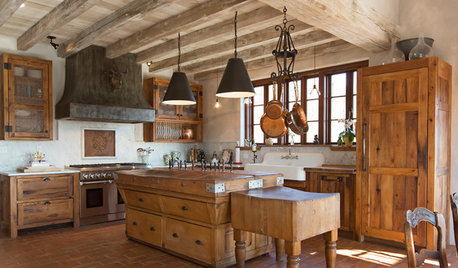
RUSTIC STYLEKitchen of the Week: Found Objects and Old Italian Farmhouse Charm
A homeowner and her cabinetmaker create a personal version of European-inspired comfort and simplicity
Full Story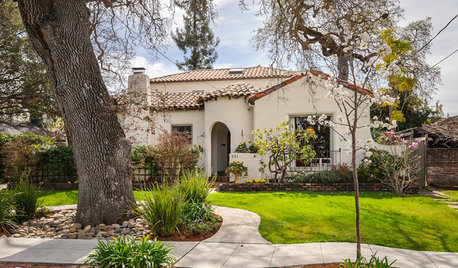
ARCHITECTURERoots of Style: Spanish Eclectic Homes Find a Place in the Sun
Flexible stucco, intricate tiles and more have kept this multicultural style going strong for a century
Full Story
HOUZZ TOURSHouzz Tour: Whole-House Remodeling Suits a Historic Colonial
Extensive renovations, including additions, update a 1918 Georgia home for modern life while respecting its history
Full Story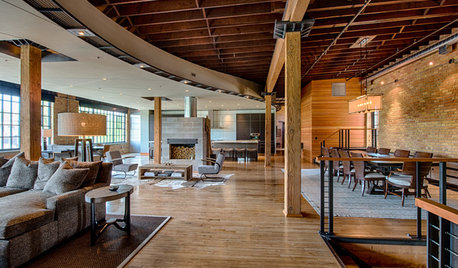
LOFTSHouzz Tour: A Commercial Laundry Gets Recycled Into a Dramatic Home
See how this 1923 behemoth becomes the ultimate home for entertaining and more
Full Story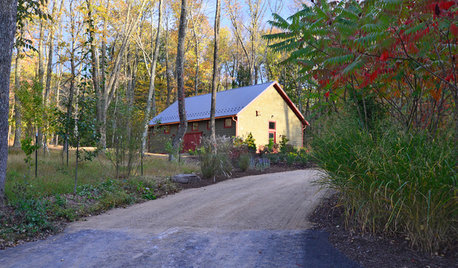
BACKYARD STUDIOSMaster Builder Crafts a Dream Workshop
A design-build firm owner uses an economical building method for his large shed and finishes it off nicely to blend into the scenery
Full Story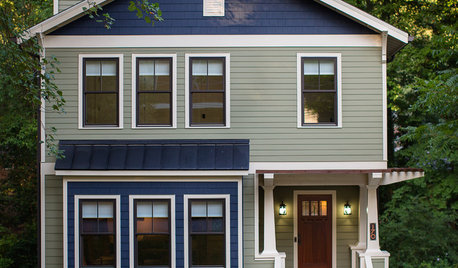
COLORExterior Color of the Week: 6 Ways With Sage Green
See how to set your home apart with this popular green
Full Story
GARDENING GUIDES8 Materials for Raised Garden Beds
Get the dirt on classic and new options for raised vegetable and plant beds, to get the most from your year-round garden
Full Story









LaurieOriginal Author